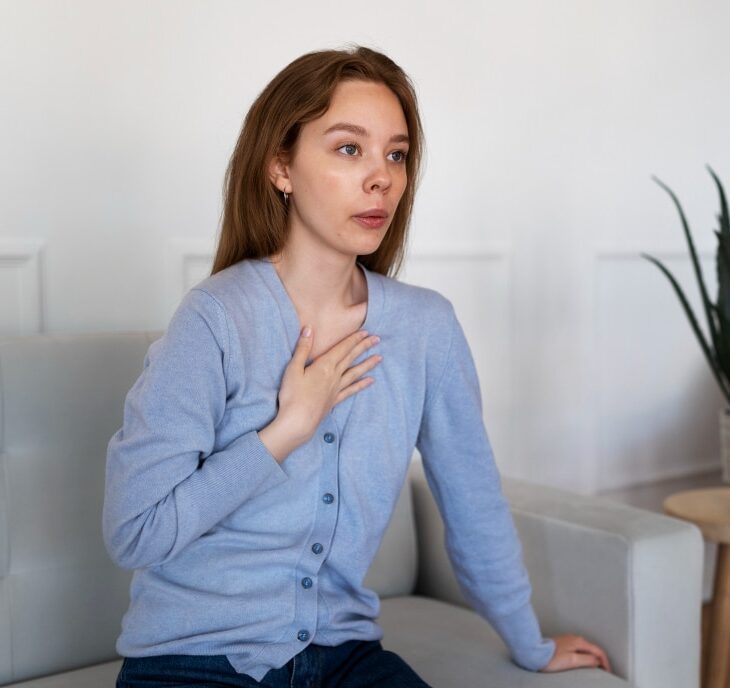Breathing Easy: Addressing Long COVID's Shortness of Breath
Breathing Easy: Addressing Long COVID's Shortness of Breath
Long COVID continues to puzzle healthcare professionals and patients alike with its wide range of lingering symptoms, with shortness of breath being one of the most common and distressing. This article aims to shed light on the causes behind this persistent symptom and introduce non-invasive strategies, including an overview of the Proprietary Long Covid Protocol developed by Dr. Heather Hinshelwood at The Fraum Center, designed to help sufferers regain their breath and quality of life.
Understanding Shortness of Breath in Long COVID
Shortness of breath, medically known as dyspnea, in Long COVID patients can occur without a prior history of respiratory issues, making daily activities and even resting uncomfortable.
Causes of Persistent Dyspnea:
- Lung Damage: COVID-19 can cause lasting damage to lung tissues, affecting their function.
- Heart Complications: COVID-19 can also impact heart health, contributing to feelings of breathlessness.
- Autonomic Nervous System Dysfunction: Disruption in the autonomic system can affect breathing patterns.

Causes of Persistent Dyspnea:
- Lung Damage: COVID-19 can cause lasting damage to lung tissues, affecting their function.
- Heart Complications: COVID-19 can also impact heart health, contributing to feelings of breathlessness.
- Autonomic Nervous System Dysfunction: Disruption in the autonomic system can affect breathing patterns.
Comprehensive Management Strategies
Managing shortness of breath requires a multi-faceted approach that combines lifestyle modifications, breathing exercises, and, in some cases, medical intervention to improve lung function and overall well-being.
Lifestyle Modifications:
- Regular, Mild Exercise: Activities like walking or yoga can improve lung capacity and efficiency over time.
- Healthy Diet: A diet rich in antioxidants can help reduce inflammation in the body, including the lungs.
- Stress Management: Techniques like meditation and mindfulness can help alleviate the stress component of dyspnea.
Breathing Techniques:
- Pursed-lip Breathing: This technique helps slow down the pace of breathing, making each breath deeper and more effective.
- Diaphragmatic Breathing: By engaging the diaphragm more effectively, this method can improve oxygenation and reduce the effort of breathing.
Navigating the Path to Recovery
Recovery from Long COVID, particularly when it comes to overcoming shortness of breath, is a journey that requires patience, persistence, and the right support. Understanding the underlying causes and implementing effective management strategies are crucial first steps.
If you're experiencing persistent shortness of breath post-COVID, know that you're not alone. With comprehensive care plans that consider the whole person, recovery is within reach. Explore how The Fraum Center’s Proprietary Long Covid Protocol can be part of your journey back to health and well-being.
Together, we can breathe easier and move forward into a healthier future.
